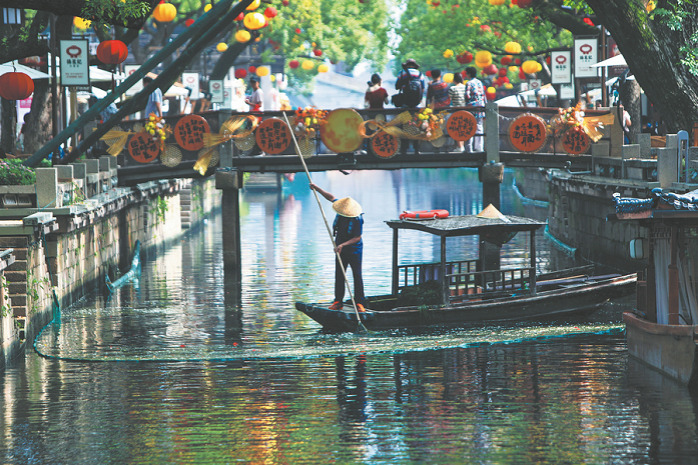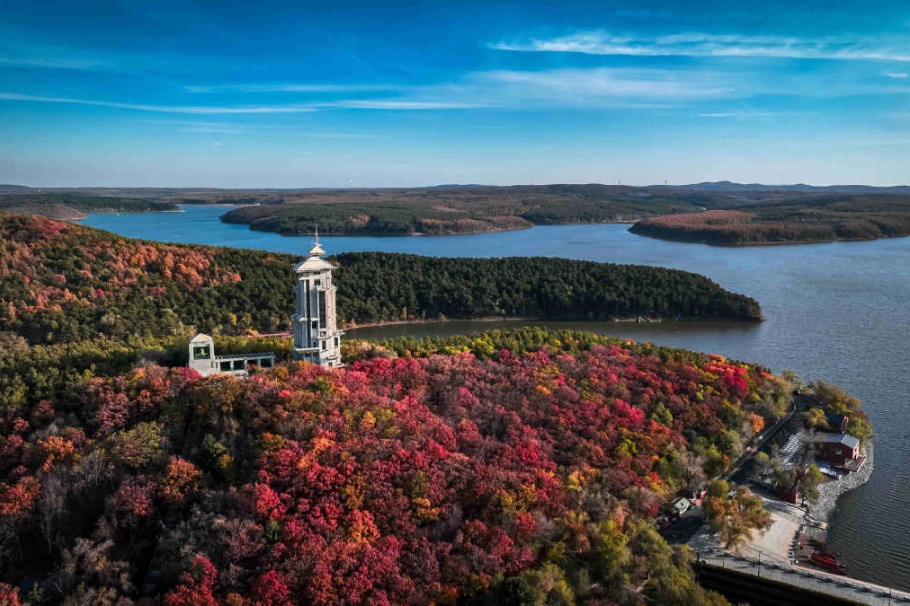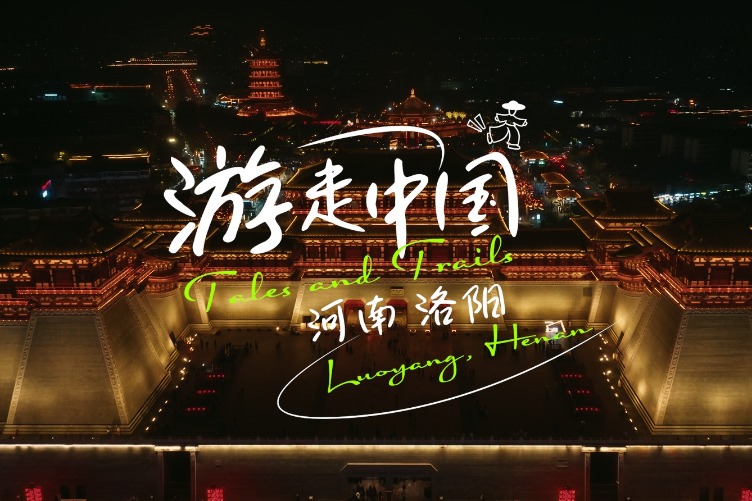Qinghai-Tibet Plateau was once verdant haven

Chinese paleontologists have determined that, about 47 million years ago, subtropical forests once existed on the high-altitude Qinghai-Tibet Plateau.
The conclusion, which appears in a paper published on Tuesday, was drawn based on the large number of fossils found in the Baingoin Basin at an altitude of nearly 5,000 meters during the second comprehensive scientific expedition to the plateau.
A joint team from the Xishuangbanna Tropical Botanical Garden and the Institute of Vertebrate Paleontology and Paleoanthropology, both associated with the Chinese Academy of Sciences, conducted the research on the fossils.
By combining the findings and models, the team re-created the climate and altitude that existed 47 million years ago, revealing that the central plateau had an altitude of just 1,500 meters and an annual average temperature of 19 C, says Su Tao, a researcher from the tropical botanical garden and first author of the paper.
"It was covered by lush forest and was rich in water and grass. It is fair to call it the 'Shangri-La' of ancient times," Su adds.
The researchers have also found over 70 plant fossils, the majority of which are most closely related to plant life in today's subtropical or tropical regions.
"This is enough to show that the central part of the now high-altitude, freezing Qinghai-Tibet Plateau had flourishing subtropical vegetation 47 million years ago," Su says.
The findings provide new evidence for the study of the evolutionary history of biodiversity and the synergistic evolution of the plateau's topography and landscape, according to Zhou Zhekun, the paper's corresponding author and a researcher at the tropical botanical garden.
The results of the research were published in the United States' journal Proceedings of the National Academy of Sciences.
China launched the second comprehensive scientific expedition to the Qinghai-Tibet Plateau in June 2017, 40 years after the first. Lasting up to 10 years, the expedition will conduct a series of studies focusing on the plateau's glaciers, its biodiversity and ecological changes, and will also monitor changes in climate.

































